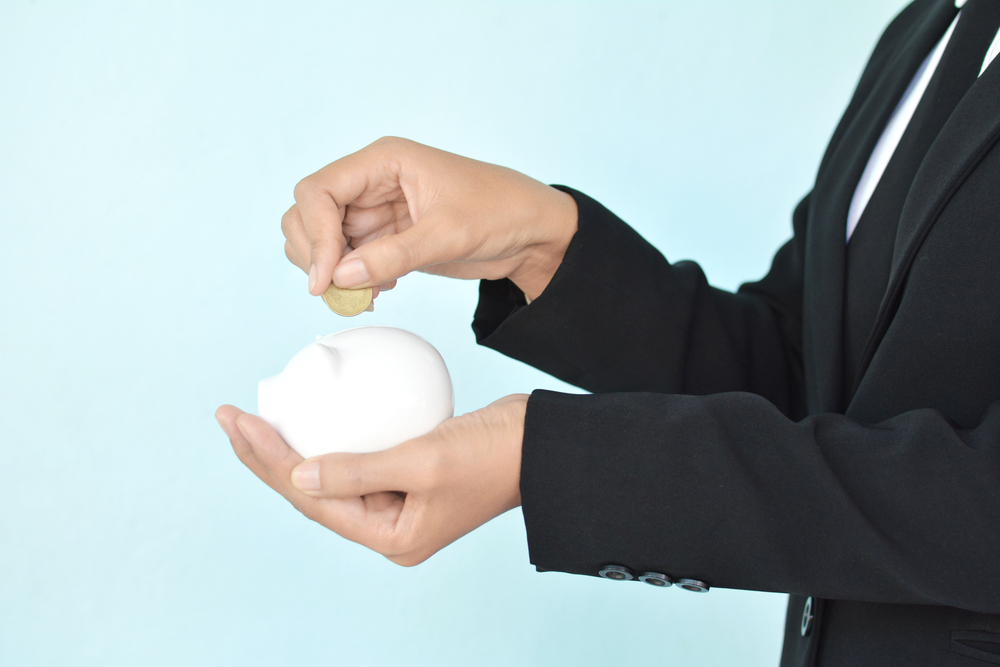News
Brits’ savings pots hit new record high

The amount of money available to households to stash away in savings hit a new record high last year, new data from the Office for National Statistics has revealed.
The ONS defines the saving ratio as the amount of money households have available to save as a percentage of their gross disposable income, plus any money coming in from pensions.
And according to its latest figures, this ratio jumped to 16.1% in the final quarter of 2020. That’s up from the 14.3% recorded in quarter three.
For 2020 as a whole, the savings ratio grew to a record high of 16.3%, a significant increase from 6.8% recorded in 2019.
Separate data from the Bank of England this week suggested that households are actively stashing away this available cash, with UK households saving £17bn into cash accounts in February.
As a result, the total saved since last March has hit £180bn, an enormous jump from the £56bn saved in the 12 months prior.
A study last month found that the average lockdown saver has put away £1,085 since the crisis first struck.
Building up a rainy day fund
Kat Mann, savings and investment specialist at Nutmeg, noted that household spending had been stifled by shutdowns of hospitality, retail and travel, so it was little wonder that savings for those able to keep their jobs had hit record highs over 2020.
She continued: “The pandemic has provided an opportunity for those in this fortunate position to think more closely about their spending, saving and investment habits. It’s critical that this group doesn’t miss the chance to build up a rainy day fund, whether it be to guard against unexpected future shocks or to pay off debts; this will serve them well beyond Covid.”
Previous research has found that as many as one in five households had no emergency savings they could turn to when the pandemic struck.
What happens to those savings next?
Melissa Davies, chief economist at Redburn, argued that the “evolution” of these savings will be key to what the economic recovery of 2021 looks like. For example, if they lead to big spending once lockdown ends then it would “turbocharge” the recovery, while more cautious behaviour from savers would limit that recovery.
Davies added: “We would argue that the unequal distribution of savings will lead to much of the excess finding its way into investments, and that it is unlikely to be spent on social consumption in the recovery. Higher household savings are here to stay.”